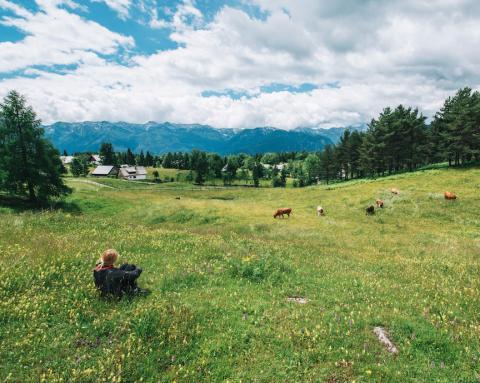
As we learned in “What Happens to Food Scraps That are Thrown Away,” our landfills use “dry tomb” pits to contain waste, creating methane gas. But increasing numbers of landfill management companies are using that toxic gas to generate electricity.
The amount of power from methane landfills actually exceeds the power produced from solar power in some states – and the government is paying attention. Uncontrolled methane gas becomes a “greenhouse gas,” so it is imperative to not only prevent its damage to our planet, but to use it for good. Instead of “flaring” or burning off the gas, energy researchers are more interested in adding it as a viable energy source.
The landfills aren’t the only source of methane. No, I’m not talking about Uncle Jimmy after Thanksgiving dinner. The gassers in question are cows.
Dairy farms are a rich source of cow manure which, when anaerobically digested, becomes methane gas. The Cow Power Program at Green Mountain Power in Vermont provides electricity for approximately 2600 customers in the state. The process of using cow manure not only cleans up and utilizes the dairy farm waste, but it also improves the earth’s air quality, and provides an alternative source of energy for local communities.
The set-up wasn’t easy. Cement digesters that mimicked the “dry tomb” process in the landfill had to be built on the farm site. Then, generators that were powered by methane had to be distributed to the larger power grid. Technology to make this a reality came at a cost, and that was an issue for farmers already on a tight budget. Vermont Department of Public Works and the Agency of Agriculture saw the potential for such a project, and offered some financial support. Blue Spruce Farm in Bridgeport was the first farm to sign on in 2004. Killington Mountain Resort and Ski Area in Killington, Vermont, was among the first companies to partner with Green Mountain Power, purchasing 300,000 kWh of cow power to run its K1 Express Gondola.
The program continues to grow, thanks to Vermont’s farmers and the willingness of companies and residents to embrace this alternate electricity source. For other states, a combination of solar and wind power with methane energy may entice more consumers to consider planet-friendly programs. For now, it’s a moo-ve in the right direction.







